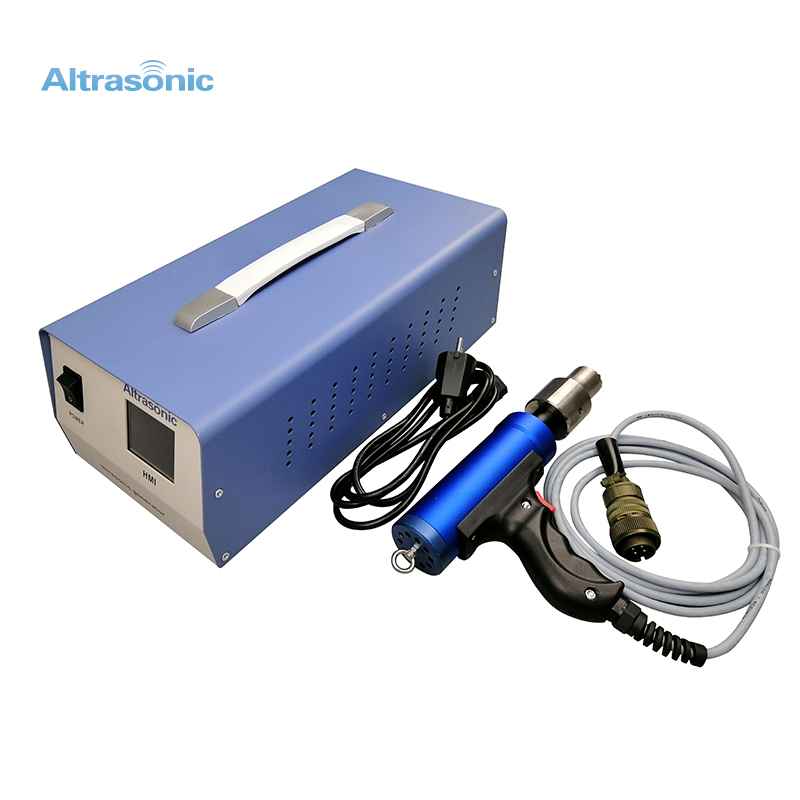Ultrasonic welding is a relatively new bonding technology, and it is constantly evolving. Ultrasonic welding was first discovered in the 1940s. It uses ultra-high frequency sound waves to bond materials. The basic principle is extremely simple; when ultra-fast frequency sound waves are introduced into certain materials, they will melt.

This form of bonding technology is unique because it provides control and can connect different materials. It is widely used in aerospace, automotive, medical and plastic manufacturing industries, but in recent years ultrasonic welding has also been used in the manufacture of electronic products. Since all the heat is concentrated in the welding area, this method can be used to bond very fragile materials together.
When ultrasonic welding is used, the production time is very short and it is suitable for automated processes. Almost every part of the bonding process can be controlled to a level that is sometimes impossible to achieve in other forms of welding. Many industries are looking for ways to take advantage of ultrasonic welding, especially with the rise of nearly fully automated production facilities.
Ultrasonic welding process
At the most basic level, ultrasonic welding is very simple:
The two materials are held together by mechanical force in an ultrasonic press.
Upon contact, a metal tool called an ultrasonic generator (designed specifically for this application) introduces ultra-high frequency sound waves into the material.
The press is used to direct energy into the material at the predetermined welding point.
When high-frequency sound is applied, the material usually melts within a fraction of a second.
After bonding, the material is allowed to stand under pressure and the bonding hardens.
The whole process is usually very fast and has some specific advantages over other welding techniques. Ultrasonic welding produces a very reliable bond, and the energy release is controlled by a microprocessor. The only heat that occurs is at the bonding point, which minimizes the risk of unnecessary deformation.
When ultrasonic welding is used, design work is usually required, and the design of the equipment must meet the needs of customers to a certain extent. Once in production, ultrasonic welding will produce a bond that does not require any other feedstock. No solder or adhesive is needed because it takes advantage of the material's ability to deform and create bonds.
Since ultrasonic welding does not introduce excess heat into the material, the cooling time is very fast. Usually within a second, the bond will reach its maximum hardness and is ready to move on. The manufacturing process that can use fast and reliable combination is ideal for ultrasonic welding.
Current application
The use of ultrasonic welding has been growing and is now adopted by various industries. Since ultrasonic welding can be used to bond precision materials reliably and quickly, it is widely used in the electronics industry. It was initially used commercially for the manufacture of plastic parts in the automotive industry, and it is still used in this field today.
The bond produced by ultrasonic welding is strong and can be used in a sterile environment. Therefore, it is often used in the food packaging industry. This capability has also become popular in the medical field, because many medical devices need to be manufactured in clean rooms. In addition to being very fast, the accuracy provided by ultrasonic welding is also very useful in the medical field.
Ultrasonic welding allows textile manufacturers to easily bond synthetic fabrics without having to pay for adhesives or cotton threads. This provides economic advantages for commercial textile operations that require bonding work. It also provides them with consistent products, does not pollute or require special materials, and can provide a waterproof seal that traditional sewing methods cannot provide.
Although the industry has taken advantage of our current understanding of ultrasonic welding, new developments are always taking place in this exciting field.
The Advantage
The advantages of ultrasonic welding over other welding methods are important in many applications. Because it enables you to quickly bond materials with little risk, it can be used in many commercial applications.
The following are the key features that ultrasonic welding can provide for your business:
Devices can be set up for various applications
Reliable bonds, easy to repeat
Low-cost process, especially when using standard machines
Various forms will suit many industrial requirements
Fast cycle time
Easy to monitor
A variety of welding joints can be adapted to different designs
Ability to bond dissimilar materials


